- Call us: 01444 237070
- Contact Us
- Stores
- Sign In / Register
- Black Friday Deals
-
- Back
- Used Cameras
- Used Accessories
- Used Lenses
- Used Video
- Used Film Equipment
- Used Stock Alert
- Used Blank Test
- Sell or Part Exchange
- Used Clearance
- Recently Added Used Equipment
- Park Picks
- All Used Black Friday Deals
- Faulty
- Trade-In
- Blog
- New in
- Call us
- Contact us
- Stores
- Sign in
- Categories
- Tips & Inspiration
- Reviews
- News
- Events
- Features
- Buying Guides
- Competitions
Cokin Filters Explained
Ever since 1978, Cokin filters have remained a staple within the photography community. Not only are they efficient, but they’re perceived by photographers as symbolic of quality design. Used by many for their high-precision material, flexibility and range of functionality, Cokin filters certainly aren’t going anywhere any time soon. Not only is the Cokin system incredibly intuitive and compatible, but the range of filters that they provide is unmatched by any other manufacturer. This beginner’s guide has Cokin filters explained simply, along with tips on how you can use them in your photography.

How does the Cokin filter system work?
The Cokin filter system consists of three parts – the adapter ring, the filter holder and the filter itself. The filter is usually made of high-quality C39 optical resin or mineral glass; is rectangular, and slides into the filter holder. The filter holder can hold up to three different filters on its own, so stacking Cokin filters is effortless.
One of the most appealing aspects of Cokin filters is their compatibility. When dealing with traditional threaded filters, you need a different filter for different lenses due to the variation in thread size (the diameter of the lens). However, for Cokin filters, all you need to change is the small, inexpensive adaptor ring that connects the filter holder to the lens. This is part of what makes the system genius – one filter can be used on a whole range of different lens sizes, which is far cheaper (and much more efficient!)
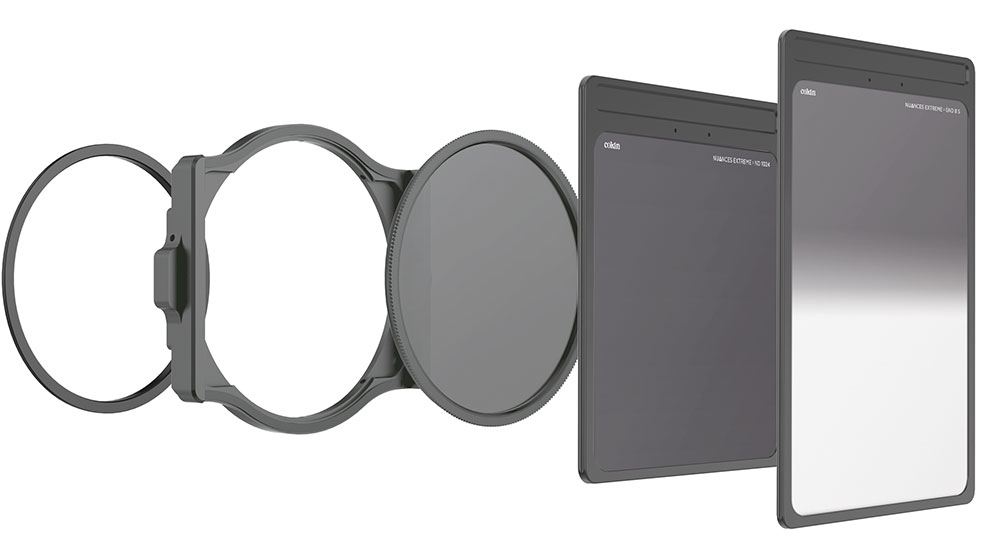
What Cokin filter ranges can I choose from?
The Cokin filter system has four well-known sizes of filters to choose from. The most commonly used among the four sizes is the P-series (M), which is suitable for most applications of SLR photography. This range has existed since the dawn of the Cokin brand, so there is no shortage of filters available for your specific needs. The Z-PRO (L) is designed for use on medium-format cameras and on 35mm cameras where the lens is wider than 20mm - these filters work best when capturing sweeping vistas and panoramic shots. The largest of the sizes is the X-PRO (XL), exclusive to medium and large format cameras.
The Cokin NX-Series uses the same lens adapter ring as the Z-PRO 100mm system, and is designed to appeal strongly to professional photographers. It can accommodate all kinds of filters – both a circular polariser and up to two standard rectangular filters when using the NX-Series filter holder. You can also rotate polarising filters in their frame with an intuitive adjustment wheel on the side, which comes in surprisingly useful for adjusting their effect. This series comes with five kits, from a Starter Kit to a Professional Kit. Cokin have even included kits to complement the benefits of using lens filters for landscape photography, with a Long Exposure Kit and a dedicated Landscape Kit too.
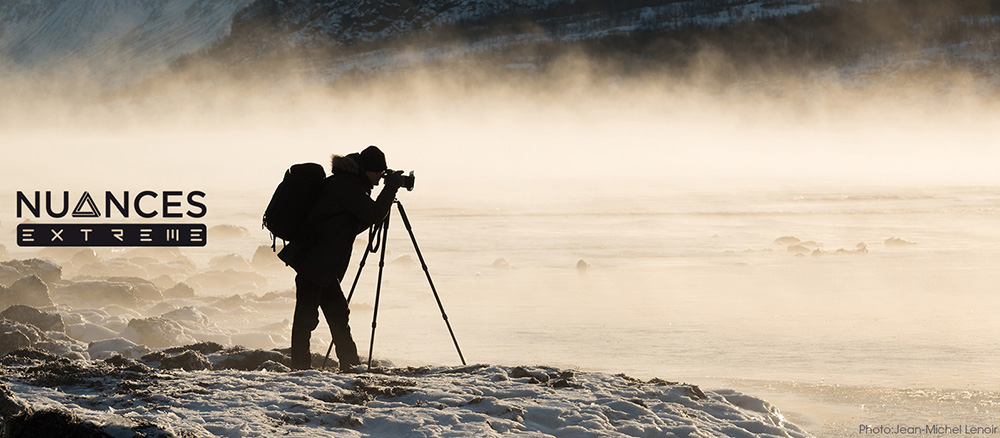
The NUANCES range deviates slightly from Cokin’s original CREATIVE system. The science that goes into these cameras makes them the best in show – Cokin has applied a new material and coating to these filters to make them precise and robust; in fact, the mineral glass used is the same glass used by Zeiss, illustrating the quality of the material. The NUANCES Extreme series in particular addresses the physical challenges of outdoor photography, being shock resistant whilst maintaining a remarkable 2mm thick design.
Are Cokin lens filters worth it?
Before post-production software became more common in photography, filters were traditionally used to create visual effects that were (at the time) only possible to achieve physically. This is where Cokin gained its reputation – its range of lens filters was unmatched, containing everything from standard filters to special effects. However, since the introduction of Photoshop and similar applications, there has become less of a need for effect filters in photography. Despite this drastic change, lens filters are still incredibly important, and using them will have an unmistakable influence on your photography.
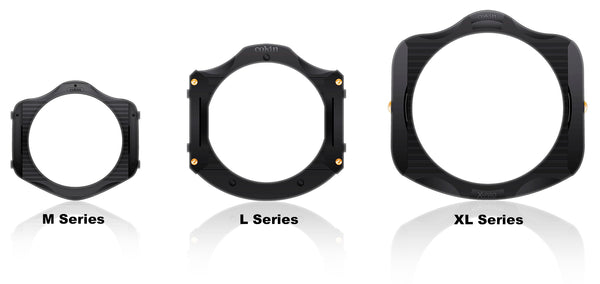
What’s more common to see nowadays is filters being used to control exposure, as in many cases, recovering areas of your photos where the highlights have been blown out is impossible, so you need to get your exposure right in the moment. The most common filters to see in modern photography are neutral density filters and polarisers, which both help to nail a shot as you’re taking it – both filter types that Cokin are world-renowned for.
What are ND filters?
Neutral density filters (ND) filters are used to reduce the amount of light that passes through the lens. The main benefit of ND filters is that they give you more control over your exposure in bright conditions, where you would typically need a high shutter speed to get a balanced exposure. This is something that appeals to landscape photographers, as the increasing trend of long-exposure photography requires a low shutter speed when shooting at minimal ISO. Therefore, photographers will deploy an ND filter to achieve the effect of gracefully flowing water for example. Video shooters will use this to a similar effect – ND filters can facilitate setting shutter speed to a higher, “cinematic” shutter speed when filming in a bright environment.
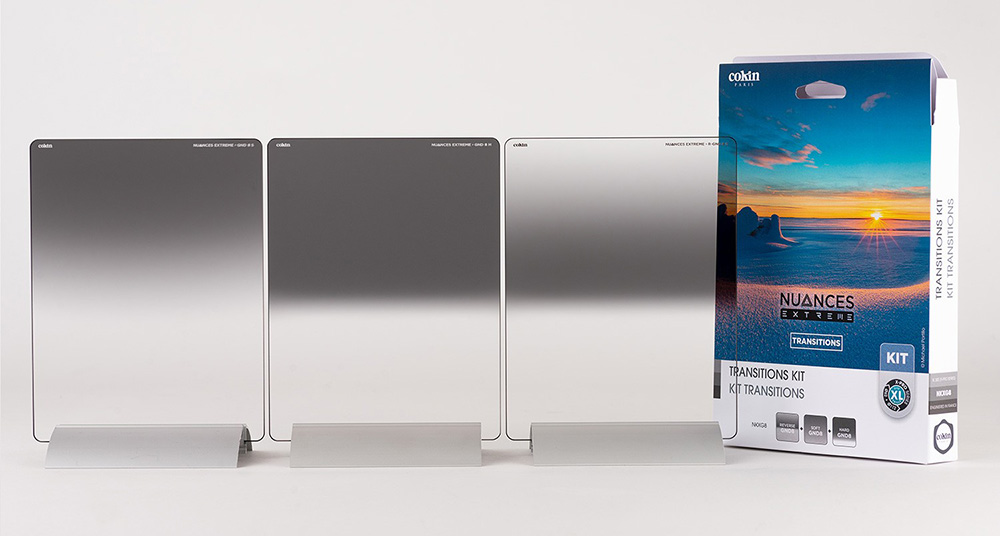
There may be situations where the dynamic range of your shot is too broad to use an ND filter on the whole image; for example, when shooting a dark foreground in front of a bright sky. This is where graduated neutral density (GND) filters come in – these filters have a transition between a grey end and a clear end of the filter, so you can balance your exposure for different sections of your shot. This is where Cokin ND filters better than the rest. By nature of having a rectangular slide-in filter system, you can position the point of transition anywhere in the shot by moving the filter up or down accordingly, which makes the application of a GND filter so much more versatile.
Cokin’s lineup contains some of the strongest neutral density filters available, with their NUANCES system bringing unmatched neutrality and precision. These are made out of highly resistant mineral glass, which has super-low reflection for beautifully accurate light filtering. If you’re using your ND filter for long-exposure landscape photography, then it may be worthwhile using an Evo filter holder, which has added protection from light leaks to ensure maximum control. Cokin also offer circular variable ND filters that can change their opacity to fit your needs.
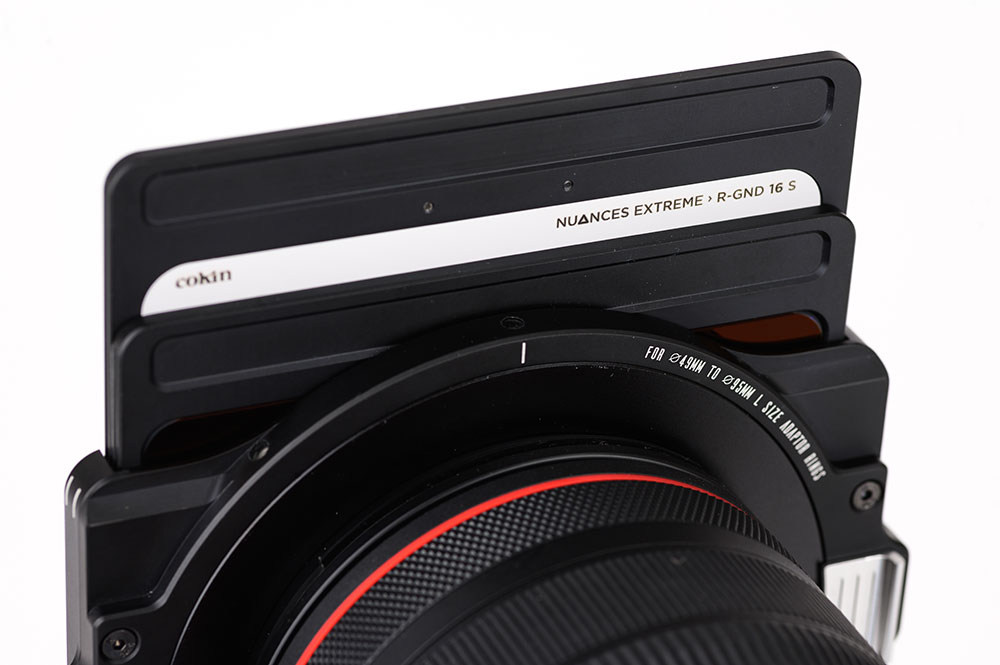
What is a polarising filter used for?
Polarising filters are mostly used for outdoor photography. These filters do a lot of things at once – first of all, they significantly improve the saturation of colours in your shot. The polariser only affects light when oriented at the correct angle, so in order to use a polariser properly, you have to rotate it until it produces the desired effect. Anyone who’s worn polarised sunglasses will notice the deep, saturated blue effect they have on the appearance of the sky. The effect is the same when using a polarised filter, when the polariser is rotated for maximum effect. This can be used to make your unedited photos super vibrant, and improve their contrast.
Furthermore, and perhaps most importantly, polarising filters remove glare off of reflective surfaces. This is incredibly important, as it reduces the dynamic range that your camera needs to deal with, helps you avoid having the highlights in your photo blown out and preserves detail. For example, a polarising filter would remove the glare from a body of water or a car windscreen when used correctly.
Currently, Cokin sells some of the best circular polarising filters on the market - the Cokin NX CPL polariser is a must-have in your Cokin filter kit. These are all compatible with the NX-Series filter holder so there’s no need to worry about compatibility.
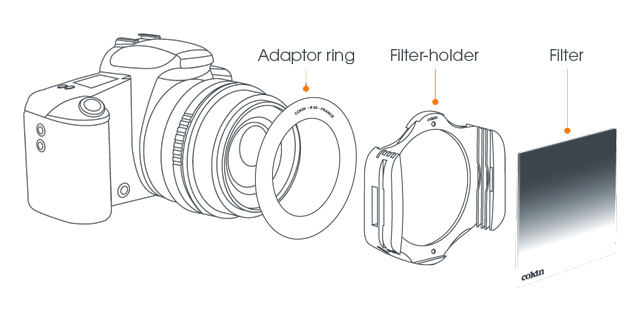
Cokin holder and adapter rings
To first start using Cokin filters, you have to know which ones work for you and your camera. Below is a table of each size of filter holder, most importantly displaying the thread sizes compatible with it, and a few additional points about each one.
|
Filters |
3 filters |
3 filters |
|
Design |
Fixed |
Modular |
|
Thread size range |
49-82mm |
52-96mm |
|
Light-leak prevention |
No |
No |
|
Polariser mount |
No |
No |

What other Cokin filters are available?
In Cokin’s CREATIVE and NUANCES series, there are plenty more filters that you can choose from than just these two subsets. For instance, a Cokin Clearsky filter blocks the yellow and orange tones of light pollution, making it ideal for astrophotography. Furthermore, it enhances overall contrast, and saturates red tones. Using a Cokin infrared filter can also help to get you involved in the world of infrared photography, which enables you to extract some really unique results in post-production, as it can show you colour patterns and reflections that are invisible to the naked eye. It can also give you monochrome shots that are much sharper and crisper than the results of a usual lens. Lastly, Cokin’s range also includes some standard circular filters, like their UV filters which help to protect your lens whilst having a minimal effect on the image.
Cokin filters are an incredibly popular solution to this day for exceptional photographic control. Whether you’re looking for something to give you more creative influence, or simply just to manage challenging light conditions, Cokin’s vast variety of filters will do the trick. Explore our range of their newest innovations today!
Share this post:
By Park Cameras on 05/11/2023
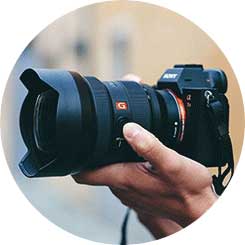
Trade in your old equipment
Fast and easy trade in service ensures your old gear is collected efficiently and you are paid quickly! It's very simple to trade in your unwanted photography gear. Just head over to our dedicated Sell or Part Exchange page, fill out the details, and we'll get back to you with an offer for your old gear. Take the cash, or put it towards the cost of your new gear. It's up to you! Find out more
sign up to the newsletter
Keep up to date on the latest photography news, events and offers. Sign up now